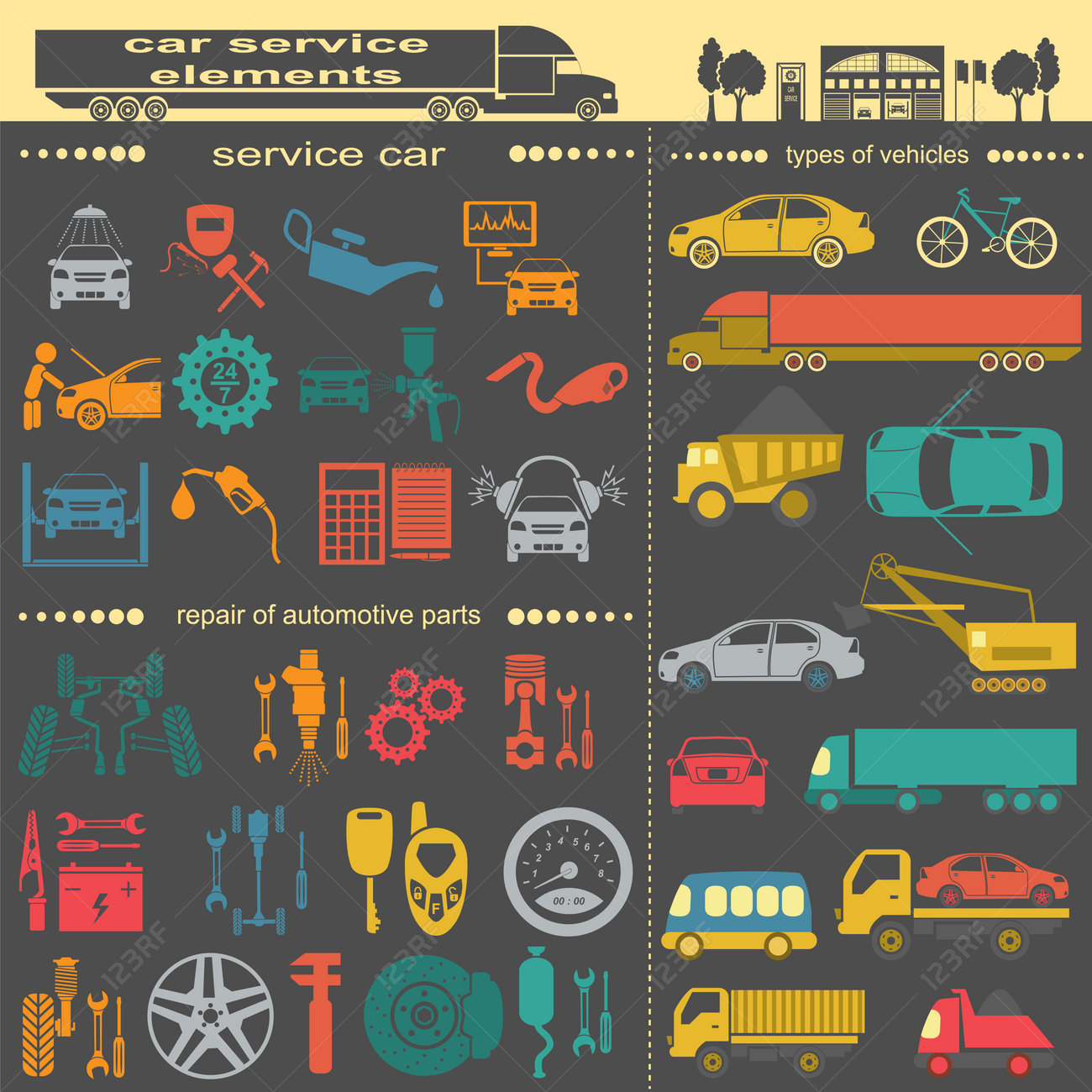Recognizing Your Cars And Truck'S Warning Lighting: What Do They Actually Mean?
Recognizing Your Cars And Truck'S Warning Lighting: What Do They Actually Mean?
Blog Article
car wash services By-Hartley Dalgaard
When you're behind the wheel, those beautiful caution lights on your dashboard can be a bit difficult. Do you know what they're trying to tell you about your auto's wellness? Recognizing the value of these lights is important for your security and the durability of your vehicle. So, the next time among those lights turns up, wouldn't you intend to decode its message precisely and take the required steps to resolve it?
Common Caution Lights and Interpretations
Identify common caution lights in your vehicle and comprehend their significances to guarantee safe driving.
The most regular caution lights consist of the check engine light, which indicates problems with the engine or emissions system. If this light begins, it's vital to have your vehicle checked immediately.
The oil pressure alerting light shows low oil stress, needing instant focus to prevent engine damage.
A blinking battery light may suggest a defective billing system, possibly leaving you stranded otherwise attended to.
The tire pressure monitoring system (TPMS) light notifies you to reduced tire pressure, influencing car stability and gas performance. Overlooking this could lead to unsafe driving problems.
The abdominal light shows a problem with the anti-lock braking system, jeopardizing your capability to quit swiftly in emergency situations.
Last but not least, the coolant temperature level alerting light warns of engine getting too hot, which can cause extreme damage if not dealt with quickly.
Recognizing these typical caution lights will aid you deal with problems without delay and maintain secure driving problems.
Significance of Prompt Interest
Comprehending the common warning lights in your car is just the initial step; the relevance of immediately addressing these warnings can not be highlighted enough to ensure your safety and security when driving.
When a warning light brightens on your control panel, it's your car's way of connecting a possible issue that needs interest. Disregarding these warnings can result in much more serious issues in the future, endangering your security and potentially costing you much more out of commission.
Trigger attention to cautioning lights can avoid failures and mishaps. For example, a flashing check engine light could indicate a misfire that, if left neglected, could create damage to the catalytic converter. Resolving this without delay can save you from a costly repair.
Likewise, a brake system advising light may signal low brake liquid or worn brake pads, critical components for your safety when driving.
DIY Troubleshooting Tips
If you see a warning light on your control panel, there are a few DIY repairing tips you can try before seeking expert aid.
The first step is to consult your automobile's guidebook to comprehend what the certain warning light suggests. Often the issue can be as simple as a loosened gas cap triggering the check engine light. Tightening the gas cap may solve the issue.
One more typical problem is a low battery, which can cause different warning lights. Examining the battery links for deterioration and ensuring they're protected might repair the issue.
If a caution light persists, you can try resetting it by separating the auto's battery for a few mins and then reconnecting it. Additionally, checking your vehicle's liquid levels, such as oil, coolant, and brake fluid, can aid troubleshoot cautioning lights related to these systems.
Final thought
To conclude, recognizing your vehicle's caution lights is necessary for maintaining your car running smoothly and safely. By quickly attending to these alerts and knowing what they suggest, you can stay clear of expensive repair work and potential malfunctions.
Keep in mind to consult your automobile's manual for certain information on each warning light and do something about it accordingly to make certain a trouble-free driving experience.
just click the following webpage educated, stay secure when driving!
